groWorld {sym}{bio}{sys}
A preamble to FoAM's longest running initiative, exploring interactions between plants and humans from multiple perspectives. Since its inception on the cusp of the 21st century, groWorld has become an ancestor to many of the ideas and projects in this reader. Excerpts from Transient Patchiness: The Slippery Territories of groWorld.
Vegetally-inspired culture
Plants sustain themselves and replenish their surroundings – photosynthesising, detoxifying their environment, and recycling waste. They are resilient and adaptive, without sacrificing the freshness, suppleness, and grace that we tend to associate with fragility. According to Terrence McKenna, plants can inspire a “new paradigm capable of offering hope of a path out of the cultural quicksand”. What could a human culture look like if we emphasise the vegetal side of our minds? What if human societies were grounded in values of interdependence, slowness, introspection, cyclical time, an atmosphere-based economy, and symbiotic collaboration?
Our present global crisis is more profound than any previous historical crises; hence our solutions must be equally drastic. I propose that we should adopt the plant as the organizational model for life in the 21st century, just as the computer seems to be the dominant mental/social model of the late twentieth century, and the steam engine was the guiding image of the nineteenth century.
—Terrence McKenna, in Plan, Plant, Planet.

The robustness and diversity of growing plants can be a continuous source of wonder. Their growth implies an element of wildness, the untamed, the unfinished, and the uncontrollable. A living process responsive to the changing conditions of its surroundings. Plants, in all their inexorable vigour and variance, are capable of growing in the most improbable places. Pushing through the cracks in dissimilar, extreme, and hostile environments. De-activated urban spaces, oceans, volcanoes, and industrially polluted areas (such as Chernobyl or the Niger River Delta). They grow and adapt to local habitats, crossbreed and mutate at their edges, slowly increasing their resilience through trans-local diversity.
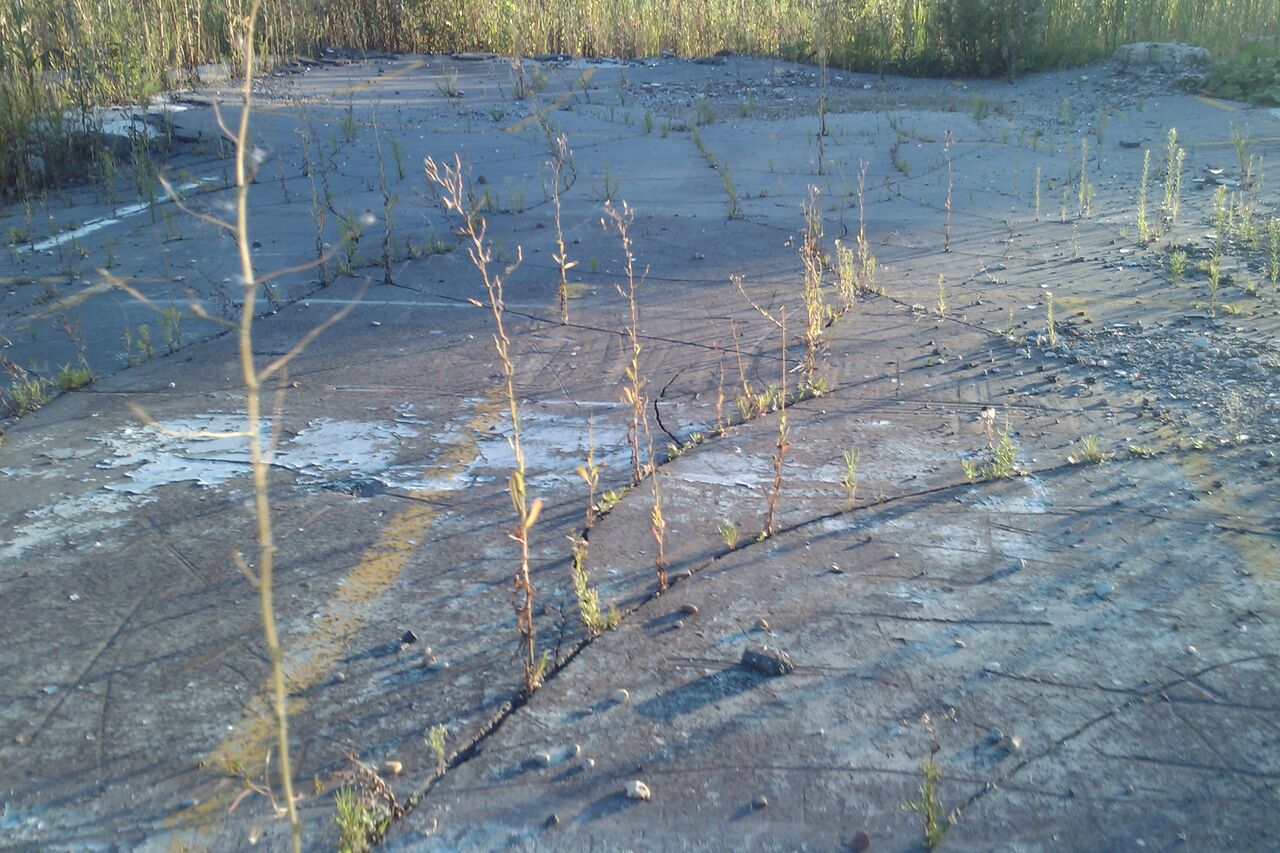
Minimising borders and maximising edges
(...between the human and the vegetal)
groWorld, a long-term inquiry into human-plant interactions and their effect on the longevity of human culture, was seeded at the Burning Man festival in 1999. In the heat of the scorched desert, under the shade of the looming millennium, our futures seemed riddled with insurmountable dilemmas. What should we carry over into the next century? Would we still be the guardians of our own skin, or would we fall under a portfolio of patents, together with rice and ancient medicinal plants? Will humans still be around for the next thousand years? Will we walk through fertile jungles, majestic forests, and buzzing meadows; will we live underground—below sterile deserts and toxic swamps—or will we escape to outer space? Will we reach the stars?
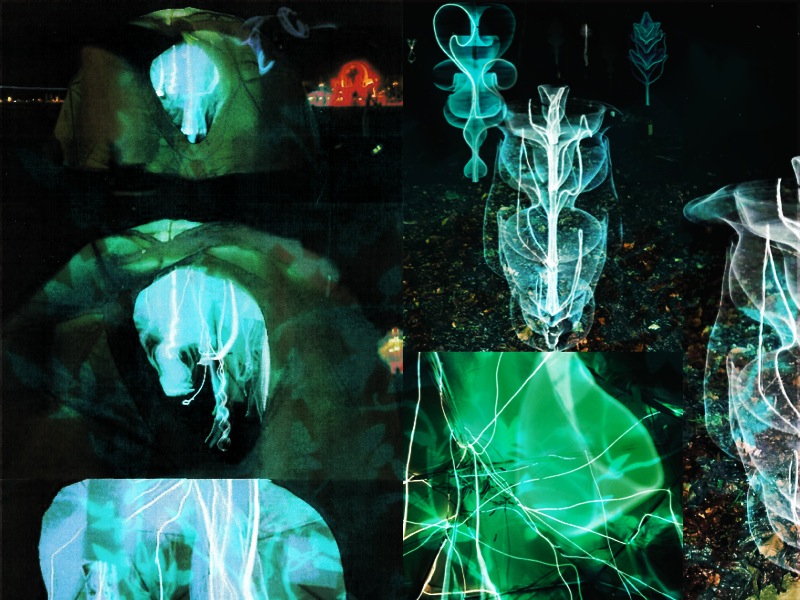
One of groWorld’s early hypotheses was that in order to truly comprehend events of a planetary scale and glacial time, they need to be grasped on a human scale, through direct experience of the effects humans can have on our surroundings. From the slow processes of cultural adaptation and plant cultivation to quick technological and social changes, across disparate fields and cultures. Experiencing such changes using the full human sensorium stimulates a more intimate, involved kind of learning. A plant-inspired culture could benefit from getting to know its verdant neighbours from a range of perspectives, moving away from teleological, utilitarian, and reductionist analyses of human relationships with plants, towards a {sym} {bio} {sys}. This is what groWorld sought to encourage on the cusp of the 21st century.
Seeds and branches
During the two decades of its existence, many ideas seeded in groWorld branched across different projects. Like an ancient mother tree, groWorld’s roots of {sym} {bio} {sys} run through and underneath many words in this publication...
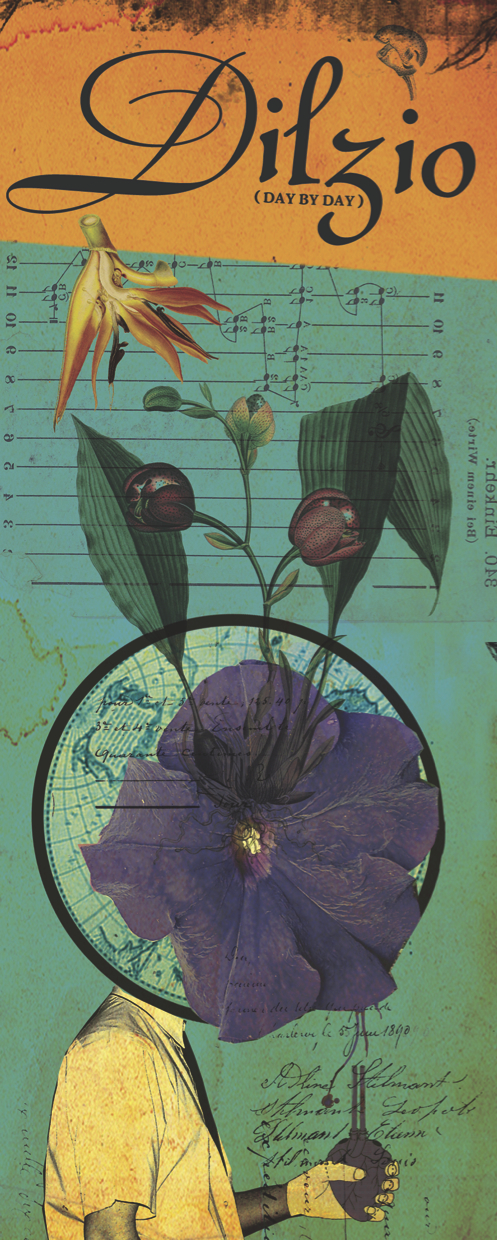
{sym} – How can human culture be infused with vegetal characteristics? Not to directly replicate botanical patterns but to learn from plants as mutagens of cultural perceptions, experiences, and behaviours. Relearning our place in the vast ecologies of animate matter. Replenishing our cultures with diverse myths and stories. Reshaping how we communicate and collaborate. Regenerating our connections with other worlds and worldviews. In immersive environments, participatory experiences, soundwalks, and fieldwork.
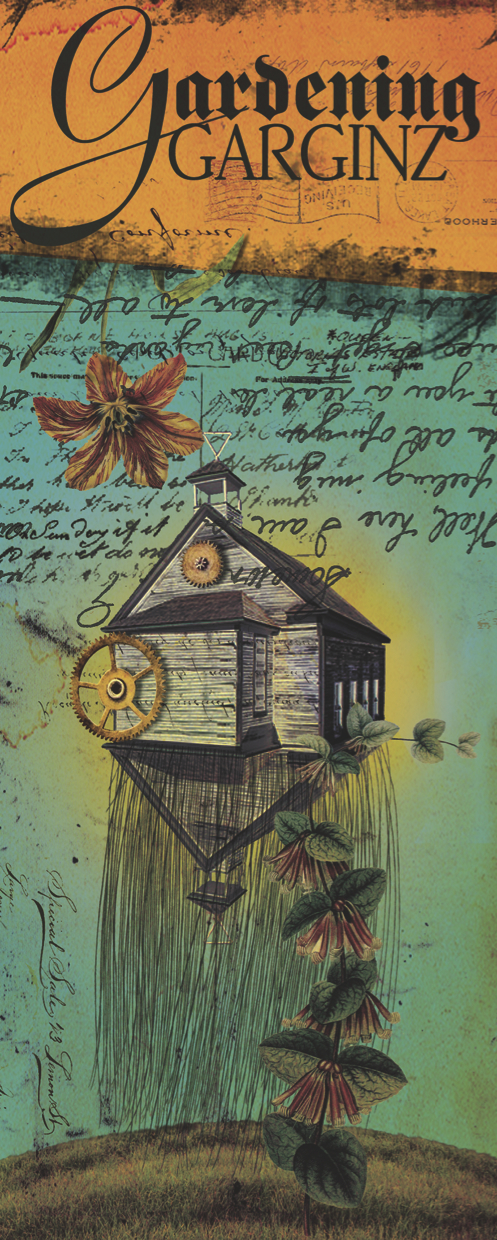
{bio} – How do we transform cities into edible landscapes for humans and other-than-humans? How do we collaborate with plants using age-old techniques of gardening? Gardening as one of the “major economic forces of resistance”. We can begin growing pocket ecologies, weedy patches of Indigenous flora. In cracked concrete, on abandoned or de-activated sites in urban and suburban environments; in car parks, on rooftops, and in church gardens.

{sys} – What would botanically-inspired technologies look like? How do plants perceive and experience the world? How do they communicate? How can our technologies engage with plants through sensing, perception, and perhaps even communication? On the edges between ecology and digital culture, programmers and gardeners, gamers and botanists cultivate augmented gardens and random forests.

In groWorld, plants are haunting urban and technological culture, entwining art and science, emerging through cracks in pavements and doors blown open by turbulent weather. Humans have curious relationships with plants — from digging for gnarly sprouts in parched deserts to battling vigorous tangles in dense forests, from building treehouses on mountain peaks to hoisting vertical gardens in sprawling urban jungles. We cultivate plants to cultivate humans. To cultivate the garden within.
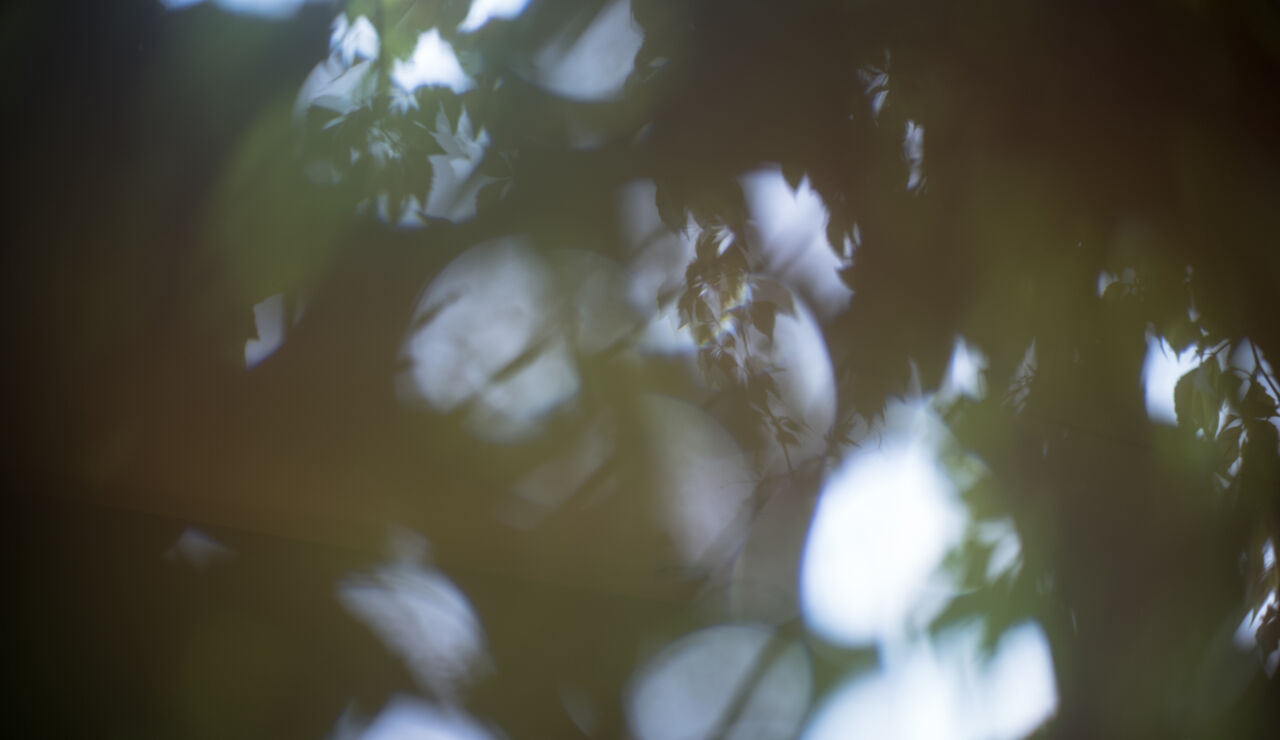
That if I stepped out of my body I would break
Into blossom —James Wright We cultivate plants to cultivate the garden within
❧